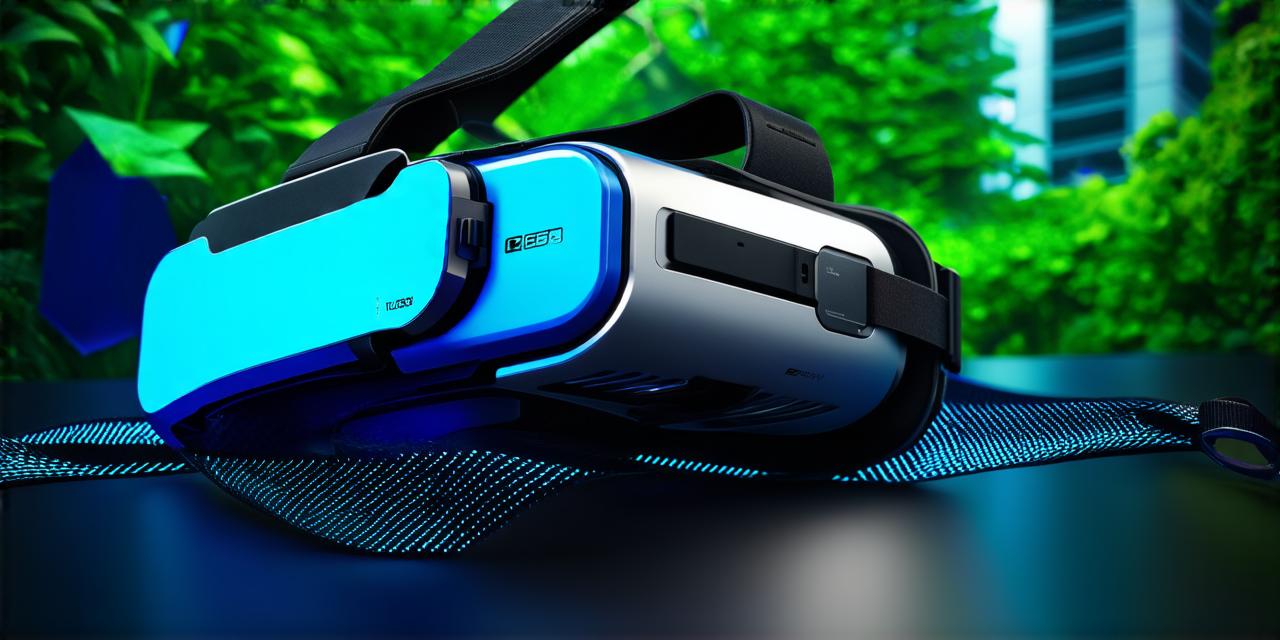<!DOCTYPE html>
Introduction
Virtual reality technology has been around for a while now, but its recent advancements have made it more accessible and affordable. With the rise of smartphones and computers, VR devices are becoming more user-friendly and affordable.
This article will delve into the current state of VR development and explore its potential future applications.
Current State of VR Development
The VR market is expected to grow exponentially in the coming years. According to a report by Grand View Research, the global VR market size was valued at USD 21.6 billion in 2020 and is expected to expand at a CAGR of 58.7% from 2021 to 2028.
One of the most popular applications of VR is gaming. The immersive experience offered by VR has made it a favorite among gamers. In fact, according to a report by Statista, the number of virtual reality gaming enthusiasts worldwide was 146 million in 2020 and is expected to reach 193 million by 2025.
Other applications of VR include education, healthcare, and real estate.
Future Applications of VR Development
The potential of VR development is vast and has the potential to transform several industries. Let’s explore some of its future applications:
Education
Virtual reality can revolutionize education by providing students with immersive learning experiences. With VR, students can experience historical events, scientific concepts, and cultural traditions in a whole new way.
A study conducted by Stanford University found that students who learned through VR were better able to remember information than those who learned through traditional methods.
Healthcare
Virtual reality has the potential to change the way we approach healthcare. With VR, patients can receive treatment in the comfort of their homes, reducing the need for expensive hospital visits.
Virtual reality can also be used for pain management and post-surgical rehabilitation. A study published in the Journal of Medical Internet Research found that virtual reality can significantly reduce anxiety levels in patients with chronic pain.
Real Estate
Virtual reality can transform the real estate industry by offering clients a realistic view of properties without physically being there. This can save time and money for both buyers and sellers. Virtual tours can also help buyers make informed decisions about properties, leading to more successful transactions.
A study conducted by the National Association of Realtors found that 92% of real estate professionals believe virtual reality will impact their business in the next year.
Case Studies
Let’s take a look at some real-life examples of how VR is being used:
The Virtual Field Trip (VFT) program
The Virtual Field Trip (VFT) program is a collaborative effort between Google and Stanford University to provide immersive learning experiences for students. Through VFT, students can explore historical events, scientific concepts, and cultural traditions in a whole new way.
The Pain Management Program at the University of California, San Francisco
The Pain Management Program at the University of California, San Francisco uses virtual reality to help patients manage chronic pain. Patients wear VR headsets while receiving therapy, allowing them to focus on other things and distracting them from their pain.
Conclusion
Virtual reality technology is rapidly advancing and has the potential to transform several industries. From gaming to education, healthcare, and real estate, VR is changing the way we interact with digital content. As VR technology continues to evolve, we can expect to see even more exciting applications in the future. With its ability to provide immersive experiences, virtual reality will continue to shape our future in ways we cannot yet imagine.
FAQs
1. What is virtual reality?
Virtual reality is a computer-generated simulation that creates an immersive experience for the user. It uses sensors and headsets to track the user’s movements and create a realistic environment.
2. How does VR work?
VR works by creating a three-dimensional environment using sensors and cameras. The user wears a headset with screens, which display the virtual world. The sensors track the user’s movements, allowing them to interact with the virtual environment.
3. What are some common applications of VR?
Some common applications of VR include gaming, education, healthcare, real estate, and training and simulation.
4. Is VR accessible to everyone?
While VR technology is becoming more affordable, it is still relatively expensive for some people. Additionally, not all people have the physical ability to use VR headsets or sensors.
